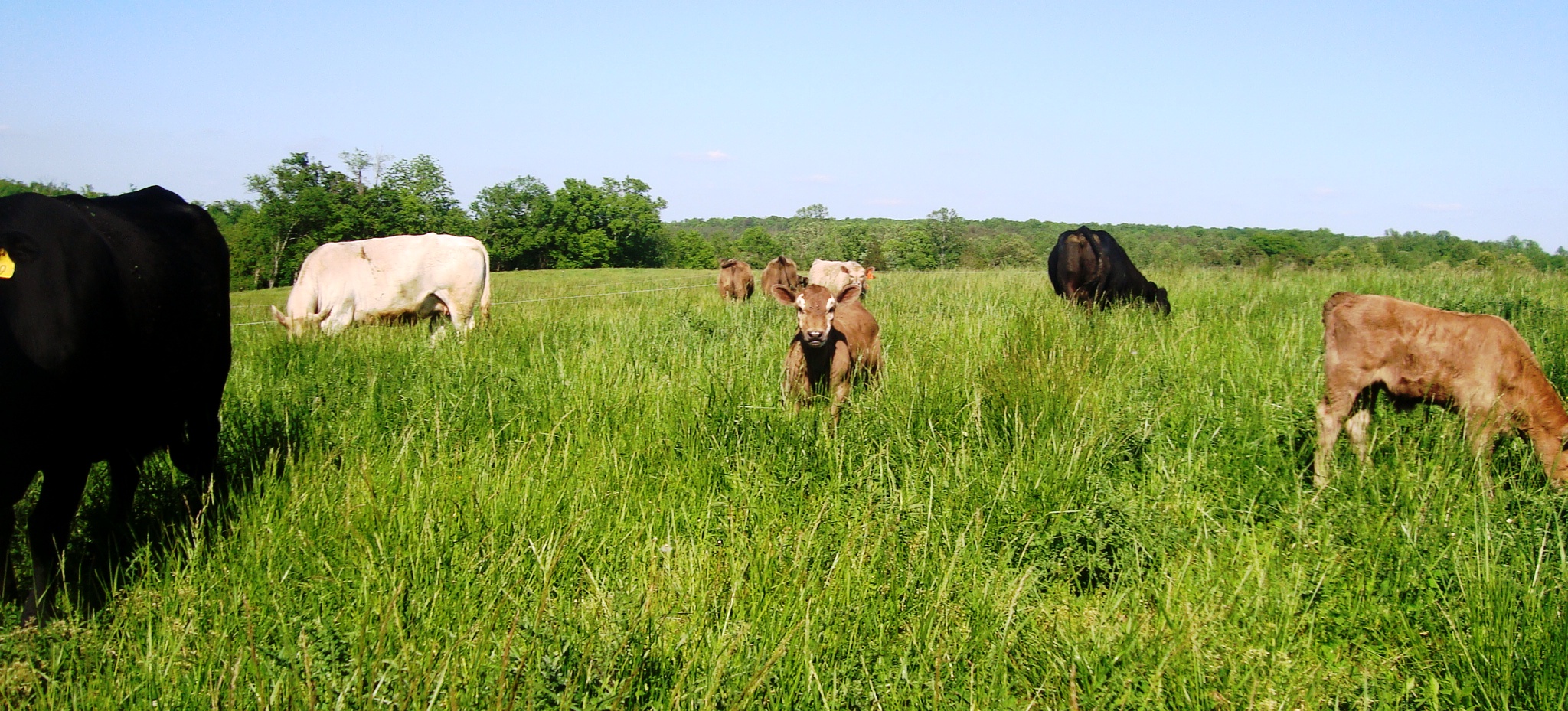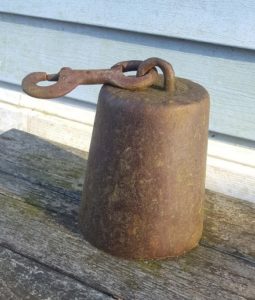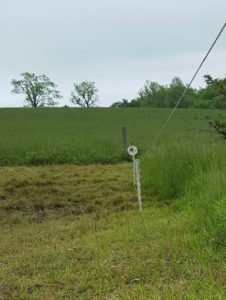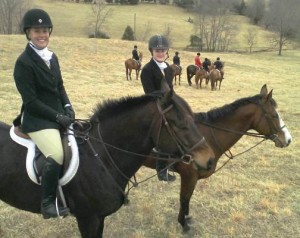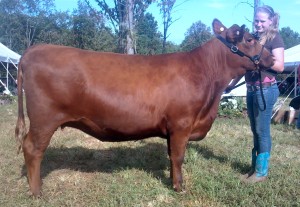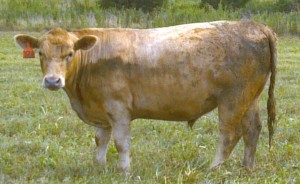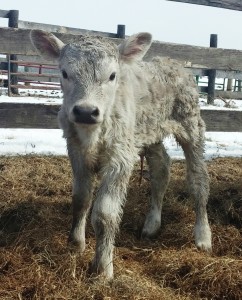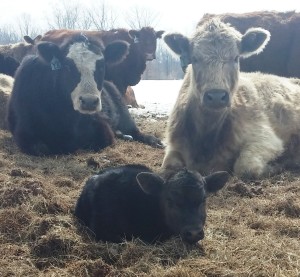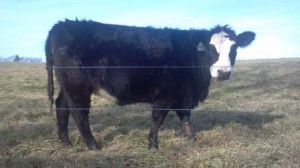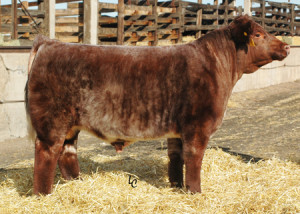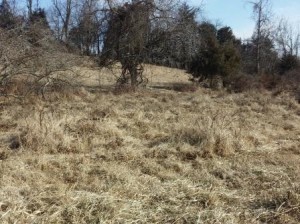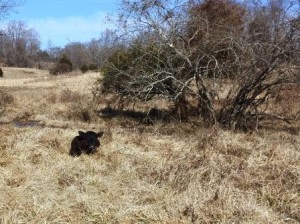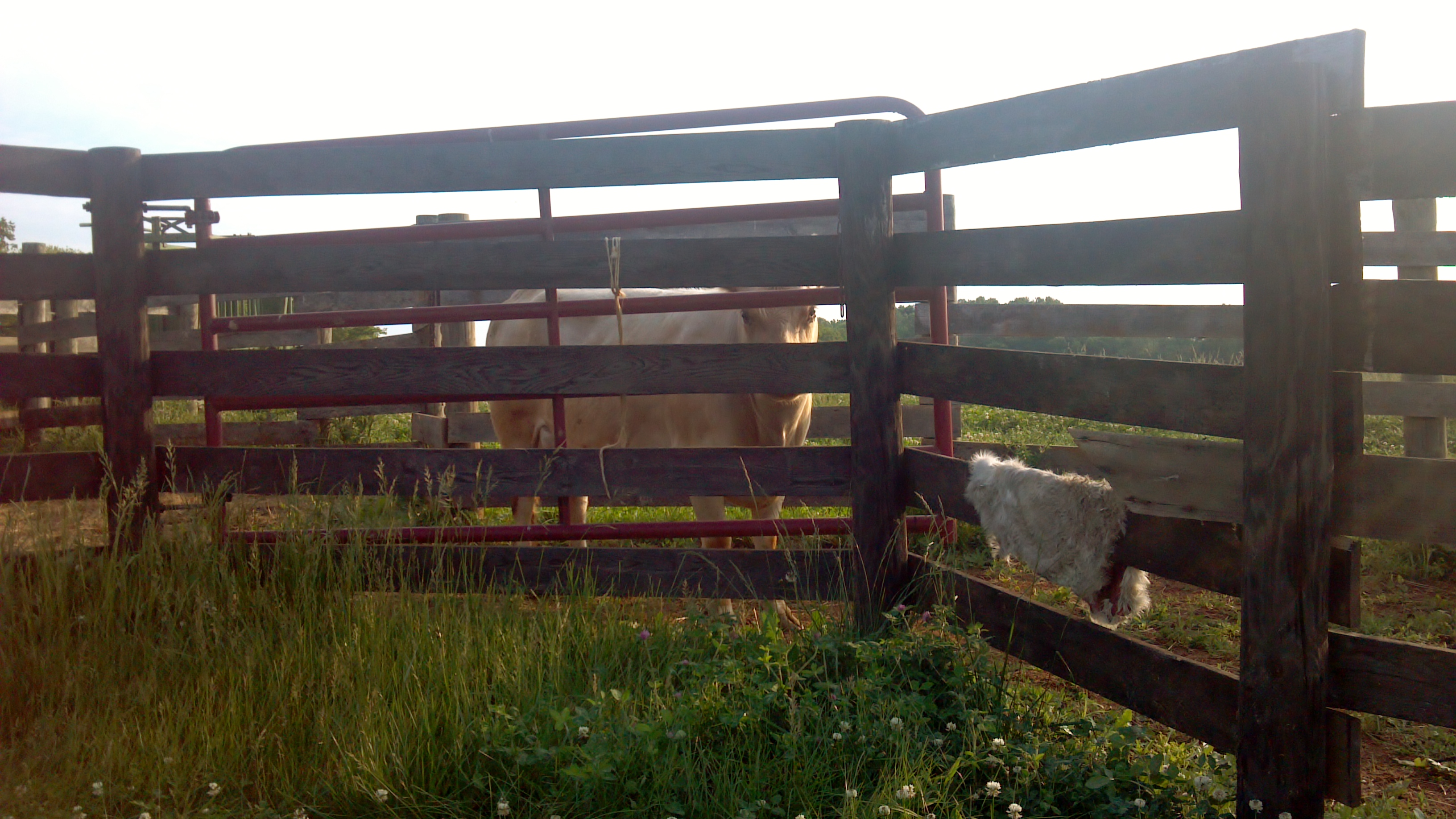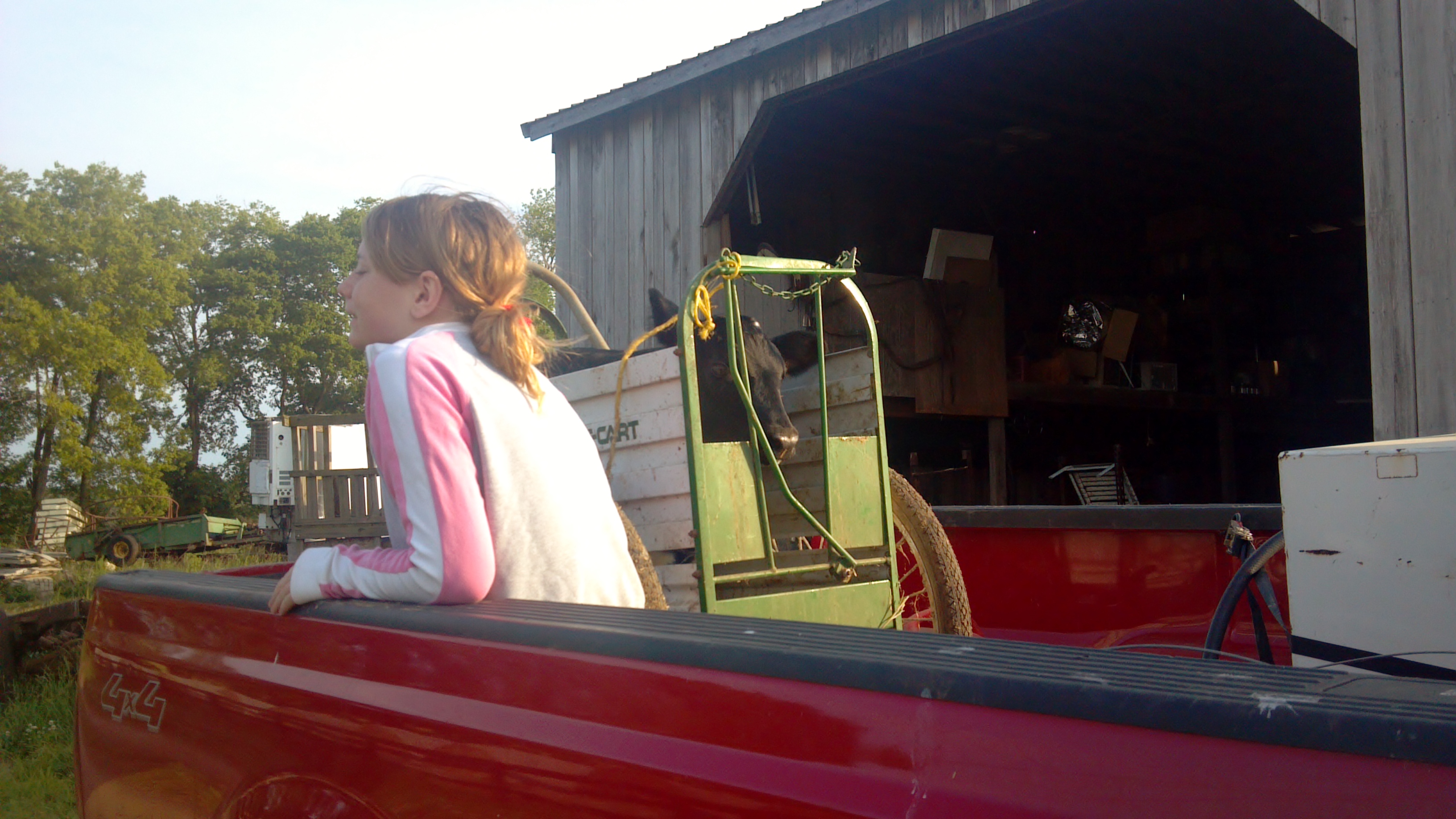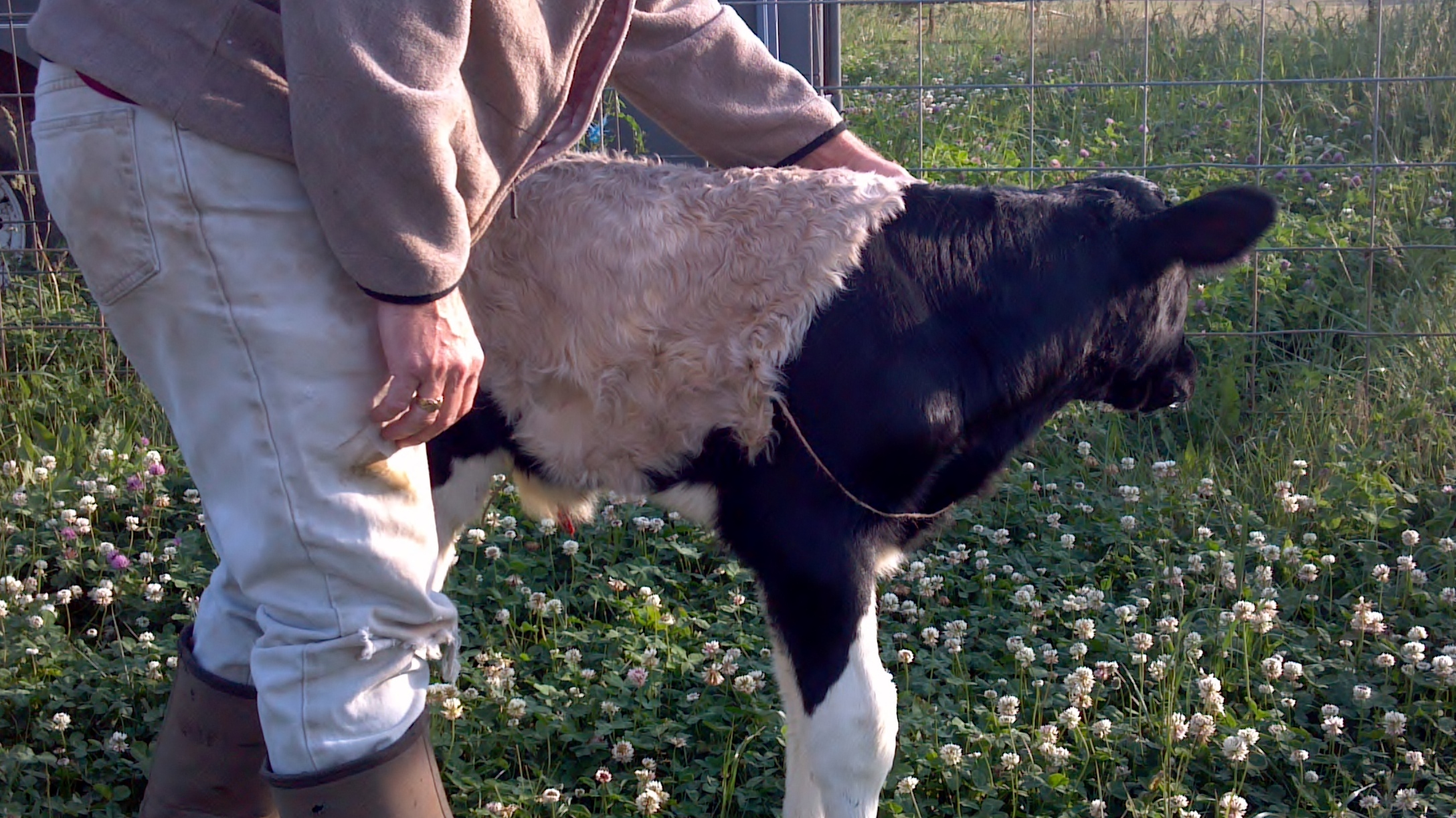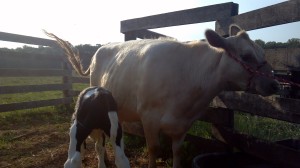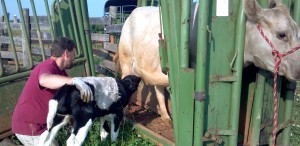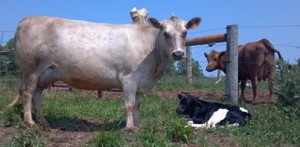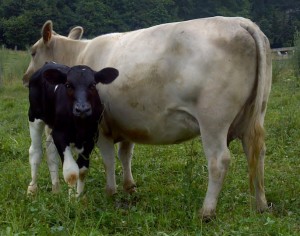Here’s my list of Top 10 annoying things I hear about Grassfed beef. And one really good thing.
1. All beef in the US is grassfed.
This isn’t necessarily a myth, but it’s misleading. It’s probably safe to say that 100% of the cattle raised in the US have forage as the single largest component of their diet. In that regard, they’re all grassfed. Unfortunately the USDA has chosen that same word – grassfed – to denote an animal that has been fed a 100% forage diet. It’s what is called an Animal Raising Claim, administered by the Agricultural Marketing Service. It’s a voluntary program that ensures customers that what is on the label is accurate. Certified Angus is the most widely recognized claim. Two things about animal raising claims – First, they’re voluntary and second, they don’t denote any health benefit. We submit an affidavit with every animal we have processed, stating that it has never been fed grain.
2. It’s free-range. No. It’s not free-range. Free-range means it’s over at my neighbors.
3. It’s leaner. It can be, but it doesn’t have to be. If it’s leaner, it means that the animal either didn’t get fed as long, or maybe it’s a breed that tends to just be leaner. If customers want lean beef, they shouldn’t be buying from us. Our steers are very fat.
4. It tastes gamey. This one really torques me off. It should never taste gamey, and if it does, somebody screwed up, and somebody got ripped off.
5. It’s tougher because the animals walk around more.
Maybe someplace else, but not on most farms. Most of the time, animals are limited in their grazing areas. It’s a practice called rotational grazing and it keeps animals from wandering all over the place. Cows are highly selective grazers, and given the opportunity, they will walk all over the place in search of their favored grasses, while walking all over (and rendering inedible) quality grasses that are on their “B list”. The point of rotational grazing is to make them eat everything on their plates, and not just dessert.
6. Cows just eat plain old grass.
Um… Where to begin with that one. There is no such grass as “plain old grass”. There are predominant grasses that are found in different regions, different growing conditions and in different seasons. If you see grass around here in spring and fall, chances are it’s Kentucky 31 tall fescue. It’s highly competitive and available in every home improvement store. It’s probably what’s growing in your yard. Unfortunately, it’s mildly toxic (that’s why it’s such a successful grass), so in spite of its prevalence, it’s not the best for cows. And it goes dormant in the summer. Providing quality forage to cattle doesn’t happen on its own.
7. All cattle need just grass. People feed grain because they’re ignorant or lazy. No. Some cattle can do quite well on grass alone. Some cattle need the added energy that grain provides. It’s all about meeting the animal’s nutritional requirements.
8. It’s more humane.
It’s not any more or less humane than any other means of beef production. How can anyone suggest that the type of feed available has anything to do with how human handlers treat animals? There is absolutely no connection
9. It’s more environmentally friendly.
It can be, but if I let my grassfed steers get into the pond, which eventually flows into the Chesapeake Bay, how does that compare to someone who feeds grain, but keeps his steers out of the waterways?
10. It’s healthier.
There isn’t an answer to this one yet. There just isn’t enough research to say one way or another, and, as with any human health research, solid evidence is hard to come by. We know that there are differences in the meat from grassfed vs. grain-fed animals. But human health impacts are harder to pin down because we don’t do feed trial on humans. Our farm is involved in some of the research on the animal side, and we really believe that the evidence is pointing to human health benefits, but no one can say for sure yet.
And One Really Awesome Thing!
So with all that, why would anyone bother with grassfed beef? Even if there are human health benefits, that’s not reason enough to go to the extra effort to buy it. Fact is, most of our customers buy it based on flavor alone. That’s right. Our beef is tender and juicy, with a bright, bold, complex flavor. Every time. It’s that simple!
